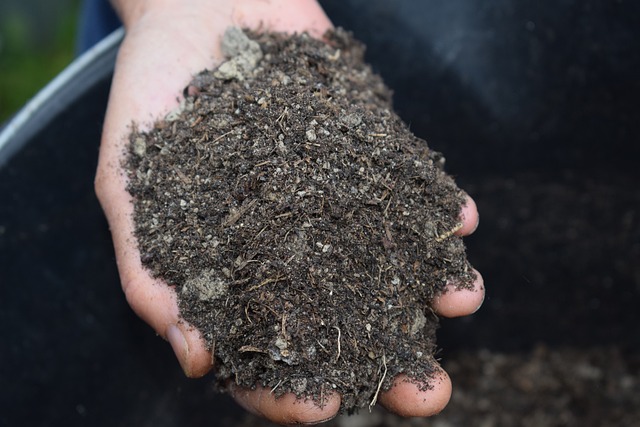Eco-friendly pest control offers safer, sustainable alternatives by minimizing harm to humans and the environment using natural methods like beneficial insects, physical barriers, traps, and plant-based repellents. It reduces toxic chemical exposure, preserves biodiversity, and contributes to long-term sustainability. Popular eco-friendly solutions include essential oils, herbs, plant integration, DIY methods, and professional services employing Integrated Pest Management (IPM). With growing consumer demand and regulatory support, the pest control industry is embracing green practices for a healthier planet.
In today’s world, transitioning to eco-friendly pest control methods is not just a trend but a necessary step towards sustainable living. This comprehensive guide explores non-toxic pest management as a safe and effective alternative to traditional chemicals. We delve into the environmental impact of conventional methods, highlighting the benefits of eco-friendly practices for homes and gardens. From natural repellents to plant-based solutions, learn how to protect your space without harmful substances. Discover DIY tips, professional services, industry standards, and future innovations revolutionizing the field of eco-friendly pest control.
Understanding Non-Toxic Pest Control: A Safe and Sustainable Approach
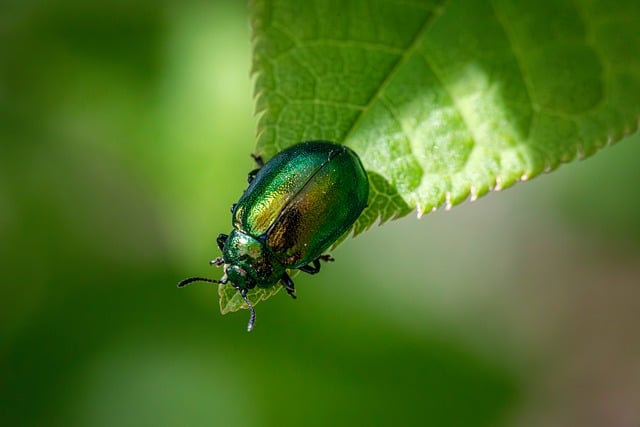
Non-toxic pest control is a safer and more sustainable approach that prioritizes minimizing harm to both humans and the environment. Unlike traditional methods relying on harmful chemicals, eco-friendly pest control uses natural alternatives to manage pests effectively while preserving biodiversity. These methods include using beneficial insects, such as ladybugs and spiders, which feed on or control nuisance pests, as well as incorporating physical barriers, traps, and plant-based repellents into pest management strategies.
By adopting eco-friendly pest control, individuals and communities can reduce exposure to toxic chemicals, protect local ecosystems, and contribute to a healthier environment for future generations. This approach not only ensures the safety of pets, children, and wildlife but also promotes a more balanced ecosystem where natural predators play a vital role in keeping pest populations under control.
The Environmental Impact of Traditional Pest Control Methods
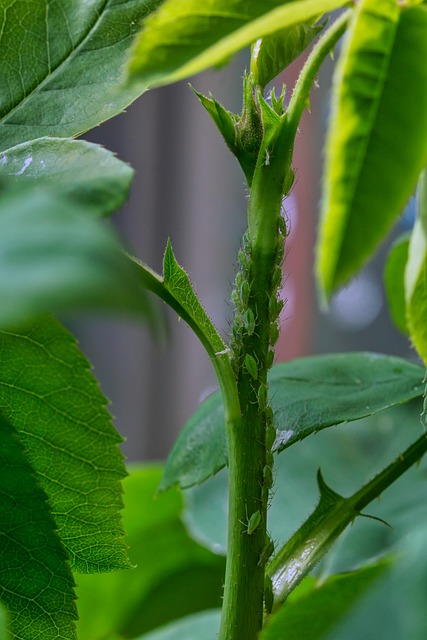
Traditional pest control methods often rely on toxic chemicals that can have severe environmental consequences. These synthetic pesticides may persist in the ecosystem, contaminating soil and water bodies, and disrupting the delicate balance of local ecosystems. They can also pose risks to non-target organisms, including beneficial insects, birds, and aquatic life, leading to population decline and ecological imbalances.
The use of such chemicals raises significant concerns about long-term sustainability. Many conventional pesticides are persistent organic pollutants (POPs), which means they can remain in the environment for extended periods, building up in the food chain. This not only threatens biodiversity but also has potential health implications for humans and animals. As a result, there is a growing demand for eco-friendly pest control alternatives that minimize these adverse impacts while effectively managing pests.
Benefits of Eco-Friendly Pest Management for Homes and Gardens

Adopting eco-friendly pest management practices for your home and garden brings numerous advantages, both for your living space and the environment. These methods prioritize natural solutions over synthetic chemicals, ensuring a safer and healthier ecosystem. By avoiding toxic pesticides, you mitigate the risk of harmful residues accumulating in soil, water sources, and air, thereby protecting local wildlife and maintaining the overall ecological balance.
Moreover, eco-friendly pest control offers long-term benefits by promoting biodiversity. Encouraging natural predators like birds, spiders, and beneficial insects helps maintain a balanced ecosystem within your garden. This approach also reduces the likelihood of pest resistance, as it relies less on powerful chemicals that can disrupt the delicate interactions between pests, their predators, and their environment. As a result, you contribute to the sustainability of your surroundings while enjoying a peaceful and harmonious outdoor space.
Natural Repellents and Their Effectiveness Against Common Pests
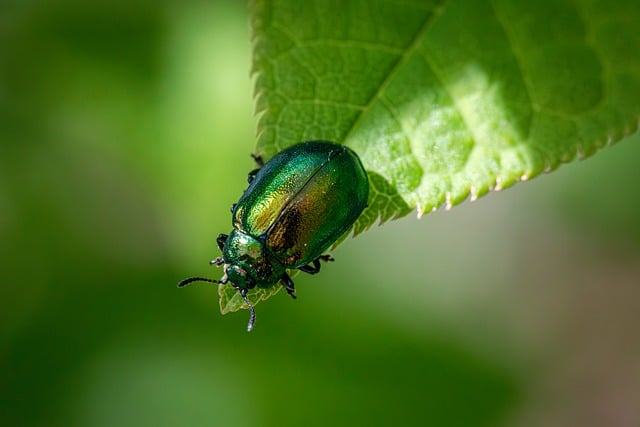
Many common pests can be effectively repelled using natural substances, offering a safe and eco-friendly alternative to toxic pesticides. Essential oils from plants like citronella, peppermint, and lavender are well-known repellents for mosquitoes and other flying insects. These scents not only deter bugs but also have pleasant aromas that can freshen indoor and outdoor spaces. Similarly, certain herbs such as basil, rosemary, and catnip have natural insecticidal properties; planting these around your home or garden can help keep common pests at bay.
The effectiveness of these natural repellents lies in their ability to disrupt pest behavior without causing harm to humans, pets, or the environment. While they may not provide instant results like synthetic chemicals, their gradual and safe impact makes them a popular choice for those seeking sustainable pest management solutions. This shift towards eco-friendly pest control is not only beneficial for our health but also contributes to the preservation of ecosystems and biodiversity.
Integrating Plants as a Green Solution for Pest Control

Integrating plants as a green solution for pest control is an eco-friendly approach gaining traction in the realm of non-toxic pest management. Many common household plants possess natural pest-repelling properties, acting as both ornamental additions and biological weapons against unwanted intruders. These plants release chemicals that either deter pests or interfere with their life cycles, providing a safe alternative to synthetic pesticides. For instance, lavender, mint, and marigolds are renowned for their ability to ward off insects like mosquitoes, ants, and beetles.
By strategically placing these pest-repelling plants around homes, gardens, or agricultural fields, individuals can create a natural barrier against pests. This method not only promotes a healthier environment by reducing exposure to toxic chemicals but also supports biodiversity by fostering an ecosystem that encourages beneficial insects and repels harmful ones. As the world shifts towards more sustainable practices, embracing eco-friendly pest control methods like plant integration is crucial in preserving both human health and the planet’s delicate balance.
DIY Eco-Friendly Pest Control: Tips and Tricks for Homeowners

Many homeowners are now opting for DIY eco-friendly pest control methods as they seek safer and more sustainable alternatives to traditional chemical pesticides. This approach not only benefits the environment but also ensures a healthier home for residents, especially children and pets. The first step is to identify the specific pests you’re dealing with, as different organisms require tailored strategies. For example, natural repellents like citrus oils or vinegar can be effective against ants, while neem oil is renowned for its insecticidal properties and is safe for use around plants.
Creating your own eco-friendly pest control solutions is an accessible and cost-effective way to manage pests. Mix essential oils with water in a spray bottle for a multi-purpose insecticide or create specific formulas for different issues, such as a borax and baking soda paste for ant trails. These homemade remedies are simple to implement and often prove just as effective as commercial products, without the harmful residues. Regular cleaning and sealing entry points also play a vital role in prevention, reducing the need for chemical interventions.
Professional Services for Non-Toxic Pest Management: What to Look For

When considering professional services for non-toxic pest management, it’s crucial to look for companies that prioritize eco-friendly approaches. Reputable firms will offer solutions that are safe for both your family and the environment, avoiding harmful chemicals. These methods often include integrated pest management (IPM) strategies, which involve a combination of techniques like biological controls, habitat manipulation, and targeted treatments.
Choosing such professionals ensures a comprehensive understanding of your unique pest issues while promoting sustainability. Look for companies that utilize natural repellents, plant-based insecticides, and other organic means to control pests humanely. Their expertise should include identifying the root causes of infestations, providing preventative measures, and offering customized solutions tailored to your specific needs.
Regulatory Aspects and Industry Standards in Eco-Pest Control
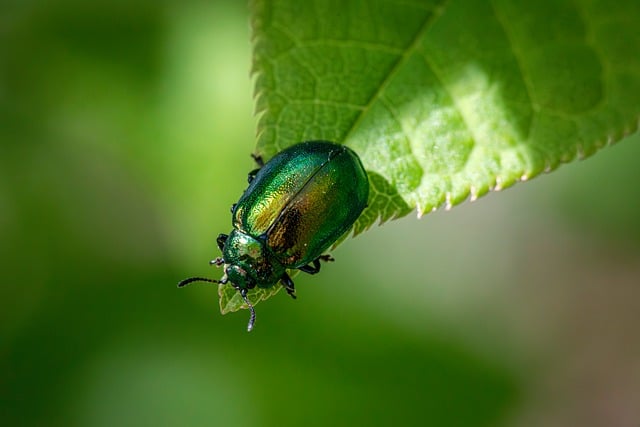
In the realm of eco-friendly pest control, regulatory aspects and industry standards play a pivotal role in ensuring safety and efficacy. Governments worldwide have implemented stringent guidelines to promote environmentally conscious pest management practices. These regulations often mandate the use of non-toxic or minimal toxic chemical substances, emphasizing the principles of integrated pest management (IPM). IPM integrates biological, cultural, and chemical methods to minimize reliance on synthetic pesticides.
Industry standards further complement these regulations by setting benchmarks for eco-friendly pest control services. Certification programs, such as those offered by Green Seal or EcoLogo, ensure that companies adhere to strict environmental and health standards. These certifications require rigorous assessments of product formulations, application techniques, and overall operational practices, fostering a culture of accountability within the industry. As consumers become more conscious of the environmental impact of their choices, demand for eco-friendly pest control options continues to rise, driving innovation and adherence to these essential regulatory and industry standards.
Future Trends and Innovations in the Field of Non-Toxic Pest Control
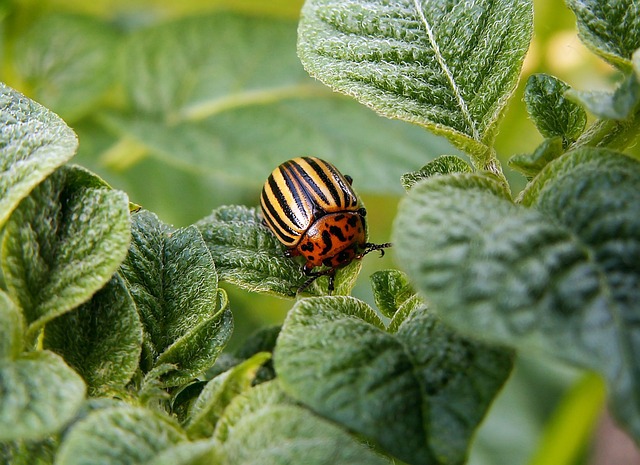
The future of pest control is poised for a green revolution as the industry shifts towards more sustainable and eco-friendly practices. One of the prominent trends is the increased adoption of natural, non-toxic methods that minimize environmental impact. Innovations such as biological control agents, beneficial insects, and plant-based repellents are gaining traction. These solutions offer a gentle yet effective approach to managing pests, reducing the reliance on synthetic chemicals.
Technological advancements play a pivotal role in this transformation, enabling more precise and targeted applications. For instance, smart sensors can detect pest activity early, triggering specific eco-friendly interventions. Additionally, genetic engineering may lead to the development of genetically modified organisms (GMOs) that are resistant to pests, reducing the need for chemical treatments altogether. These advancements promise a greener, healthier, and more sustainable future in pest management, aligning with growing consumer demands for eco-friendly pest control solutions.
